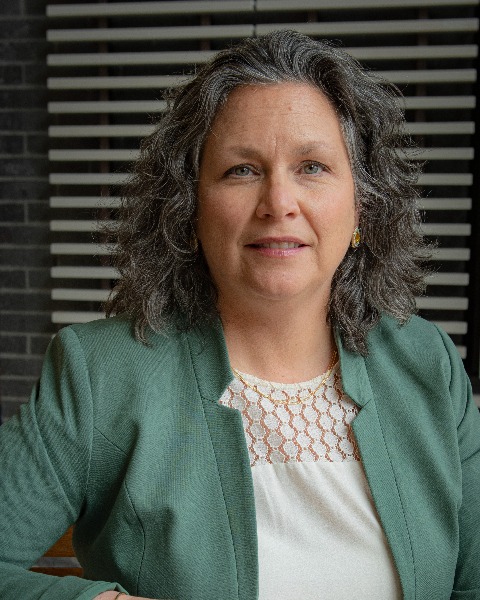Poster
Evolving and Emerging Trends (including Global CPD, IPCE, and Patient Engagement)
Unlocking Potential: The Benefits of Workforce Development Grants in Advancing Continuing Professional Development in Healthcare

Mary-Jane Kanaczet, M.Ed (she/her/hers)
Director, Healthcare Workforce Development & Adjunct Professor
University of Rhode Island
Primary Presenter(s)
Workforce development grants play a vital role in supporting the advancement of continuing professional development (CPD) in the health professions. This conference presentation aims to explain the approach that some states have taken to public private workforce training and development. It will explore the benefits of obtaining workforce development grants and their impact on practice and the field of CPD. The objective is to highlight, using a case study, the transformative power of workforce development grants. the presentation will demonstrate how grants have facilitated the design and implementation of innovative CPD programs, fostering enhanced clinical knowledge, skills, and competency among healthcare professionals. Examples of successful grant-funded initiatives, such as simulation-based training, interprofessional education, and digital learning platforms, will be presented to illustrate the transformative outcomes of such programs. Furthermore, the presentation will highlight the broader impact of workforce development grants on the field of CPD. It will explore how grants have contributed to the development of evidence-based best practices, novel teaching methodologies, and effective evaluation strategies, thereby advancing the overall quality and effectiveness of CPD. The translation of these findings into improved patient care outcomes will also be discussed. In addition to the benefits, the presentation will address key considerations for obtaining and managing workforce development grants. Strategies for identifying grant opportunities, developing competitive proposals, and building sustainable partnerships will be shared, providing attendees with practical insights and recommendations.
Unlock Your Potential : Learns will be given strategies for pursuing workforce grants in their own states.Learning Objectives:
